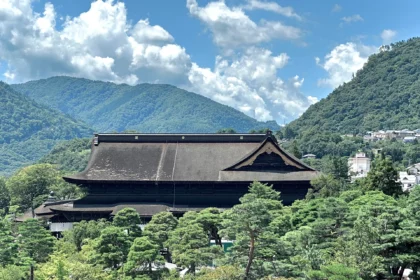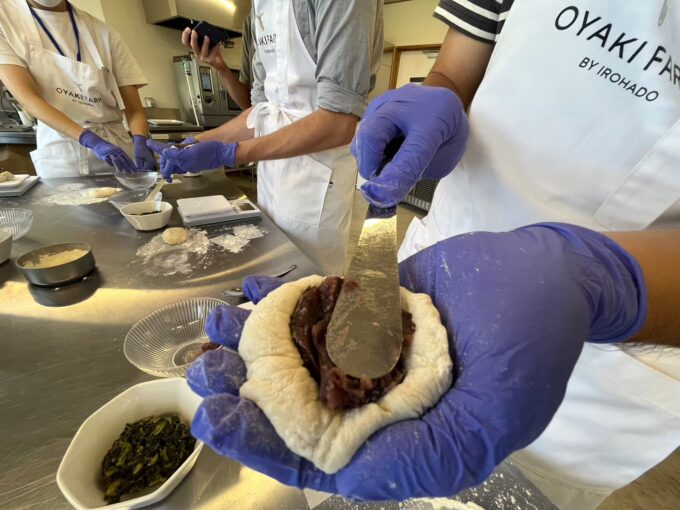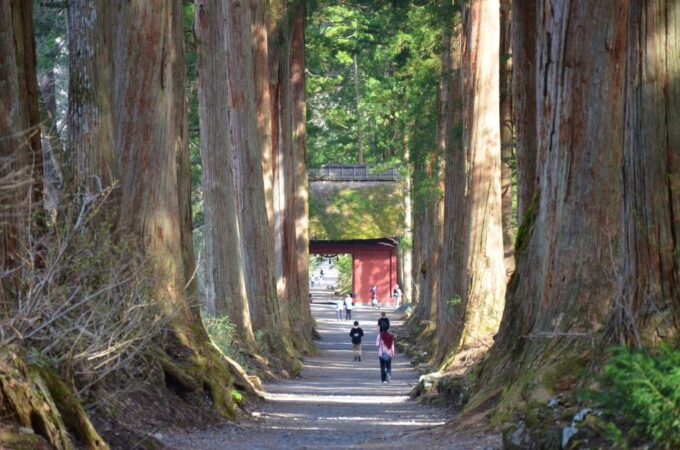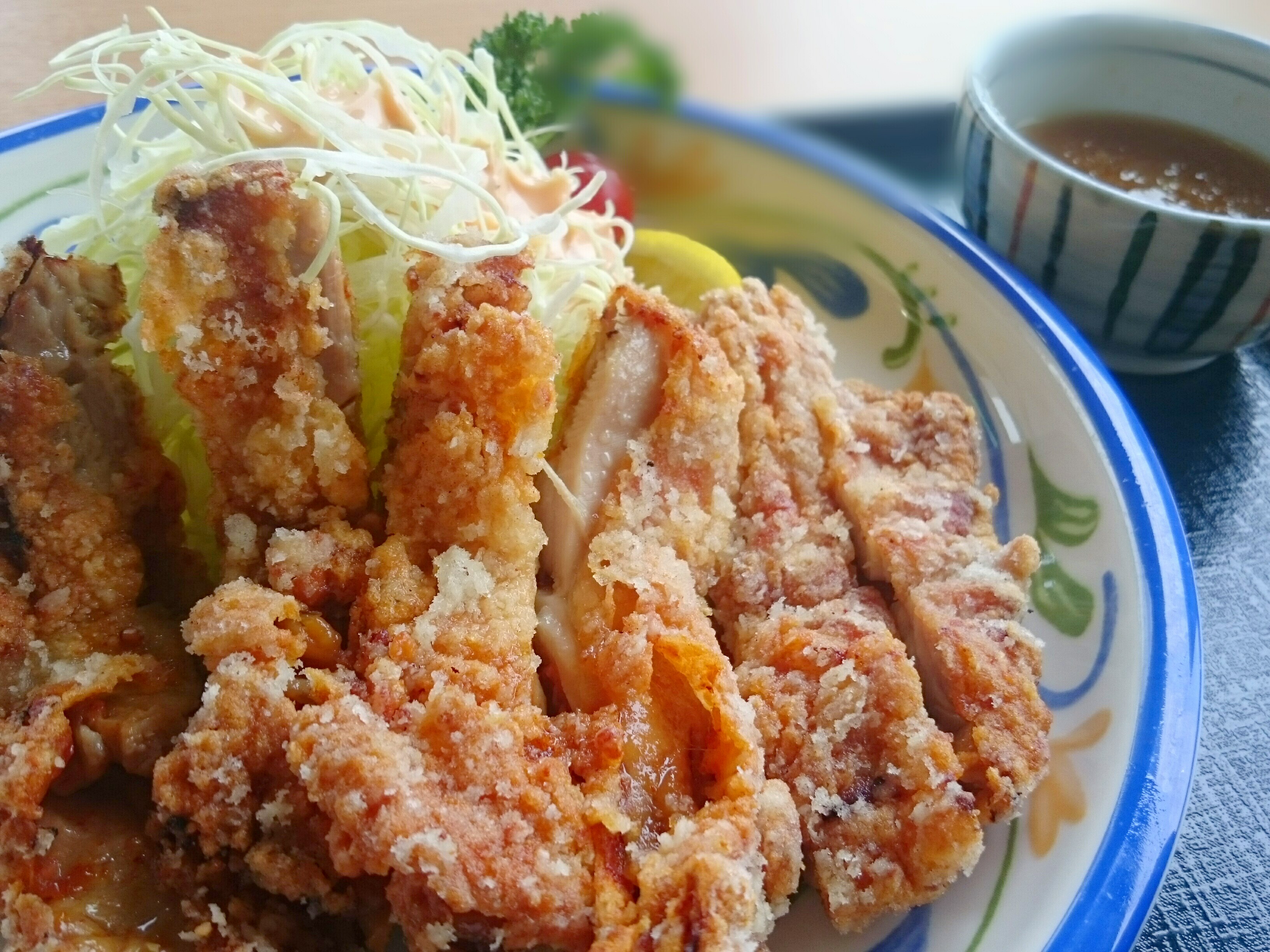
The old saying goes that a way to a man’s heart is through his stomach. From my own experience, this applies to women too! So it stands to reason that the food we enjoy when we are on holiday can have a big impact on how we feel about a place, and whether we are likely to visit it again.
-- Nagano: One of Japan's Biggest Producers of Fresh Food
-- The Top 20 Local Specialties of Nagano
-- Tours and Charters to Sample Nagano's Cuisine
Thankfully, here in Nagano there is no shortage of culinary delights waiting for the eager adventurer to sample. So, join me today dear readers as we sample the very best of Nagano Prefecture’s local cuisine.
NAGANO: ONE OF JAPAN'S BIGGEST PRODUCERS OF FRESH FOOD
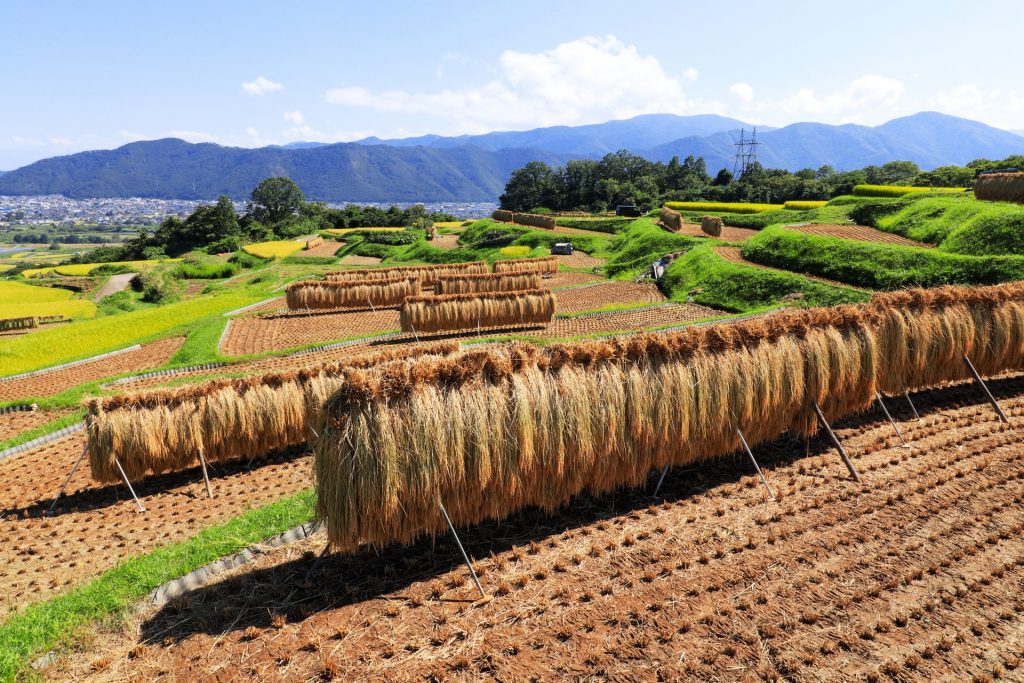
In 2013, Japan listed its traditional food - known as ‘washoku’ - with UNESCO on the Representative List of the Intangible Cultural Heritage of Humanity. While you might not of heard of this list, UNESCO is the organization responsible for conferring World Heritage status – among other things – on natural and cultural heritage around the world. In listing its food with them, Japan was therefore making a big statement.
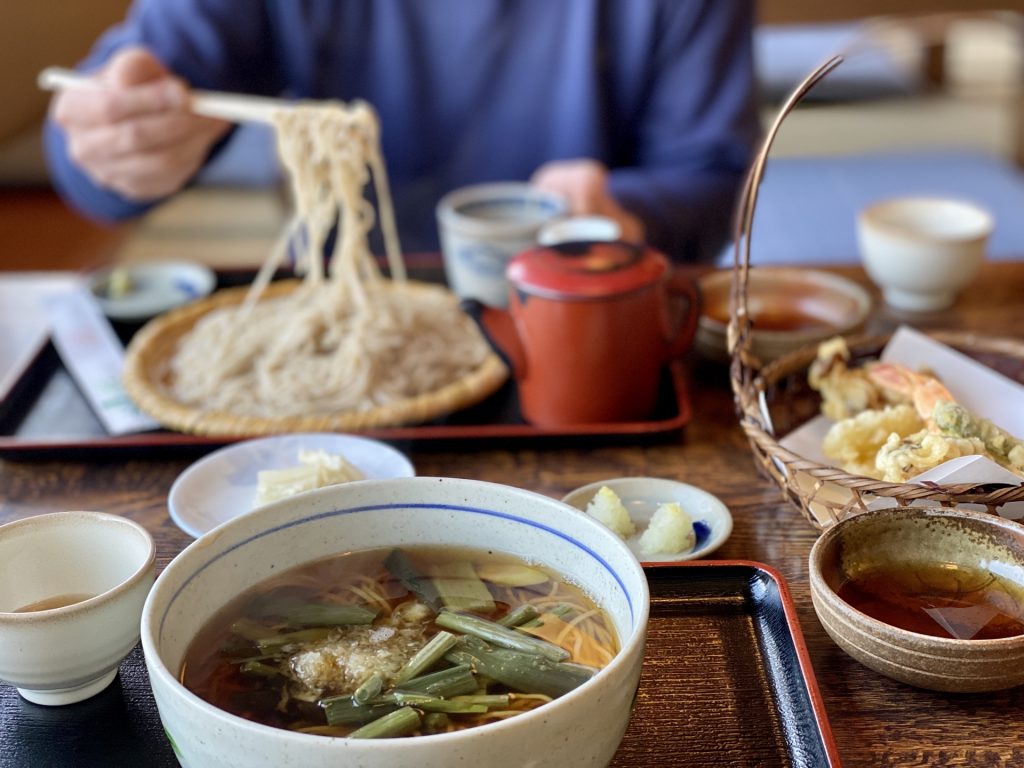
While the language involved might seem a bit of a full-mouth – pun intended – what it basically means is the that Japanese government, on behalf of the Japanese people, regards the traditional production, preparation and knowledge of their food as fundamental to the national character. So much so that it needs to be recognised (and protected) at a global level.
In truth the protection is quite narrow and only applies to specific foods and traditions but it shows that Japan takes its food very seriously. Food and everything that comes with it, is part of the national character and a big reason many international visitors travel to Japan each year!
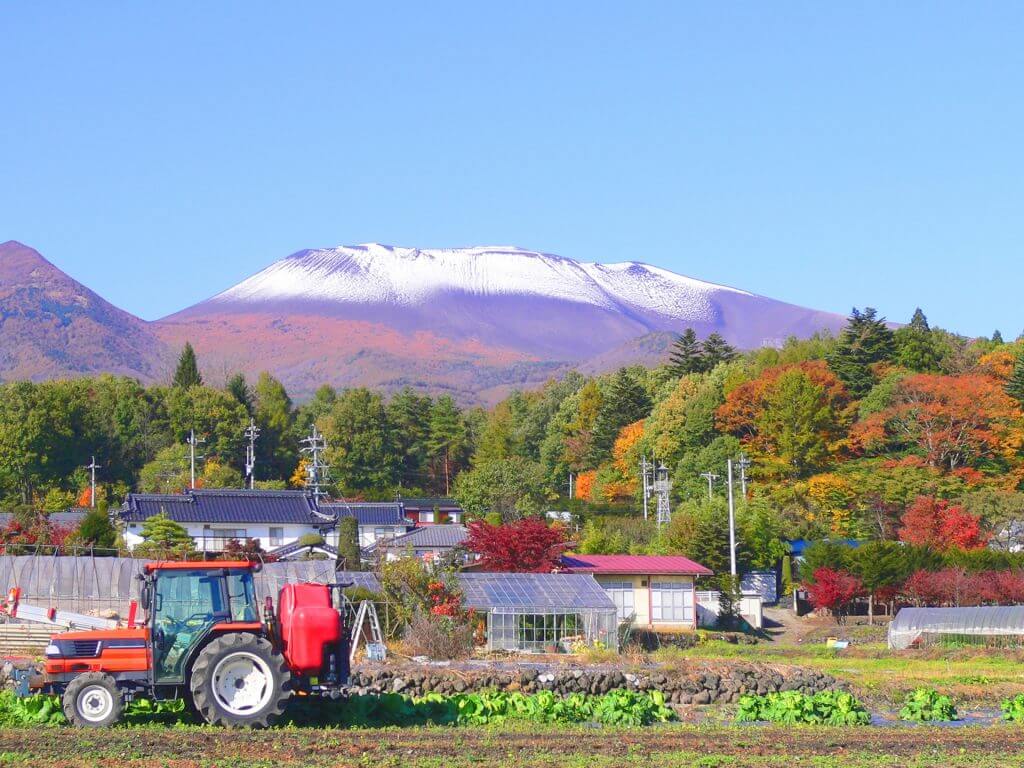
Blessed with an agreeable climate, seemingly endless amounts water and fertile farmlands, Nagano is one of Japan’s great food bowls. A largely agricultural prefecture, Nagano produces some of Japan’s best rice, meat, fruit and vegetables. Fetching high prices in the markets of Tokyo, Kyoto and beyond, there’s a good chance you’ve tasted some of Nagano’s fantastic produce long before arriving here!
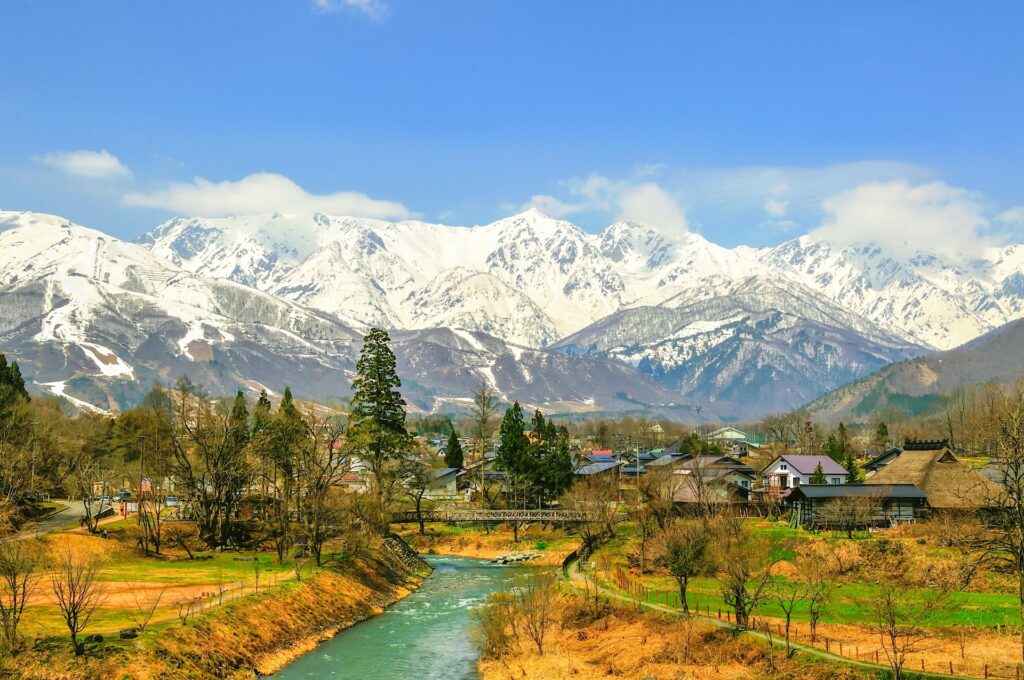
Once here, one of the most enjoyable aspects of any visit to Nagano is trying the food. Whether it’s the region’s acclaimed Shinshu beef, handmade 'soba', traditionally-made 'miso', 'tsukemono', 'oyaki' or any of its huge and delicious produce including apples, grapes, peaches or chestnuts, a visit to Nagano is sure inspire and delight the foodie inside you!
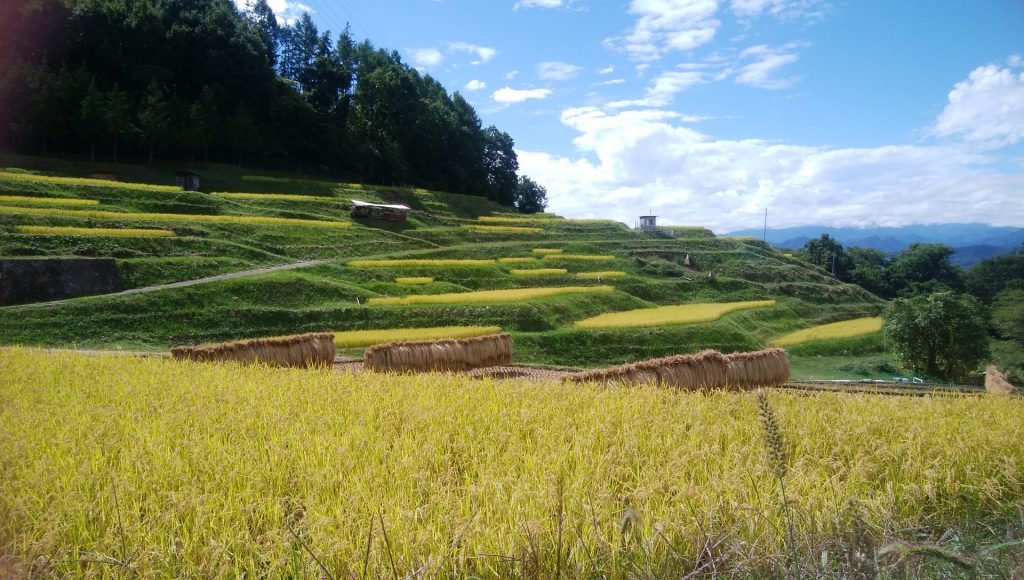
Of course, anyone traveling to Nagano has to also try its rice. One of Japan’s biggest and best rice-growing regions, Nagano’s rice is acclaimed and sought-after throughout Japan. Harvested around September each year, visitors coming to Nagano from late-summer onward can taste freshly-cut rice and its notably different flavour.
Rice underpins everything in Japan and nothing more so than ‘sake’. Home to the second largest number of sake breweries in Japan, Nagano also produces some of the best sake in the country – a tradition which stretches back hundreds of years. Brewed during the cold of winter, visitors traveling through Nagano from February onward can sample, savor and buy the year’s new sake.
THE TOP 20 LOCAL SPECIALTIES OF NAGANO
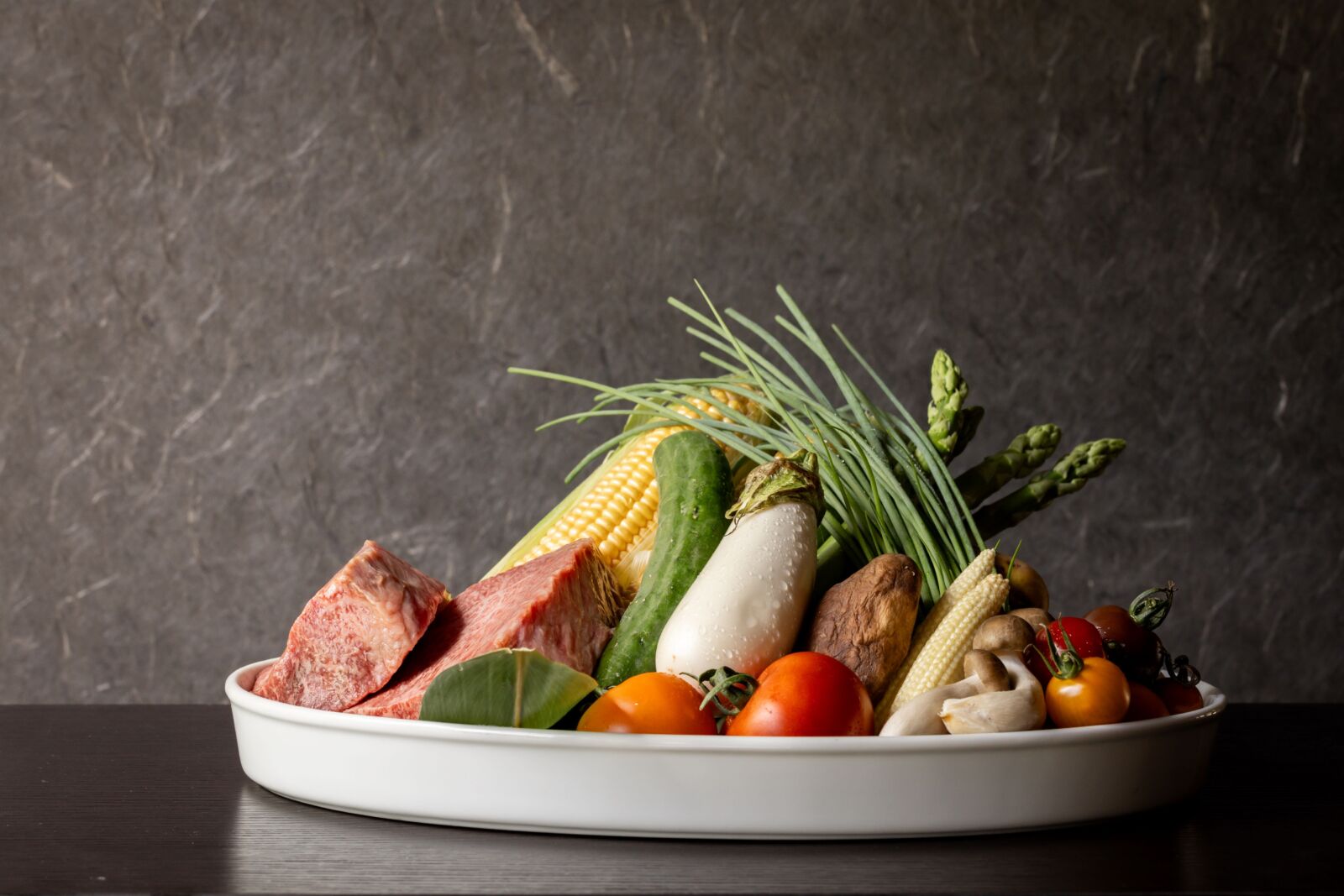
As discussed above, Nagano is truly blessed with a great environment for producing a huge variety of tasty dishes. And for your convenience, we've assembled 20 of the best right here in this article! While there is always more we could write, the following should keep your hunger satiated for quite a while:
1.Kijimadaira Rice

Many culinary experts in Japan look upon rice in the same way the French and the Italians look upon wine. To the uninitiated all rice may look at taste the same, but to the discerning palate, quality will always rise to the top. This is why the rice produced exclusively in Kijimadaira Village in northern Nagano is considered by many to be among the finest in Japan. The rice farmers of Kijimadaira Village really do pride themselves on their long held reputation for producing some of the best rice there is to be found in all of Japan. Each individual grain is checked for quality and washed to remove imperfections. Perhaps the best time to sample Kijimadaira’s own rice is in late October to early November, when the “Muracho no Taiko”, the village’s finest rice, goes on sale each year.
As one would expect from a top quality rice producer, Kijimadaira also does a fine line of sake rice wine too, but more on that later…
2. Nagano Prefecture Original Sake

The aforementioned Kijimadaira is just one of a huge range of Sake producers here in Nagano Prefecture. Indeed, Nagano ranks as number 2 in all of Japan for the number of sake breweries in a prefecture. Only Hyogo, in the Kansai region, has more sake breweries than Nagano. Nagano benefits from remarkably clean and pure water, much of which flows from the Japanese Alps and the region’s other numerous mountain ranges. In turn, this water also makes it easier to produce the highest quality grains of rice, making fine sake brewing a whole lot easier too.
However, as any expert or enthusiast will tell you. Mere words alone cannot do this delicious drink justice. To truly appreciate the value of a particular sake, one must sample it for themselves. The best way to do this is by touring a local facility. You could even integrate your visit into sightseeing at other popular locations too. After a long day of touring around temples and such like, nothing quite beats a fresh glass of sake to toast a day of hard work well done.
3. Apples and Apple Recipe foods

When most people think of Japanese apple producers, most of us think of Aomori, Japan’s undisputed top apple producer. However, you may not be aware that number 2 on that list is Nagano Prefecture, in fact some Japanese in the know will even tell you that Nagano’s apples taste better! Indeed, apples are so popular in Nagano that even our prefectural mascot, Arukuma, wears one on his head.
You can find Arukuma and a whole load of other Nagano apple related goodies at our gift shop. Another good place to sample Nagano’s apples and their application in various local dishes, is at Enza Cafe. Just a short walk from Jigokudani Park, Enza Café is the perfect place to stopover on your way to visit the snow monkeys.
4. Soba
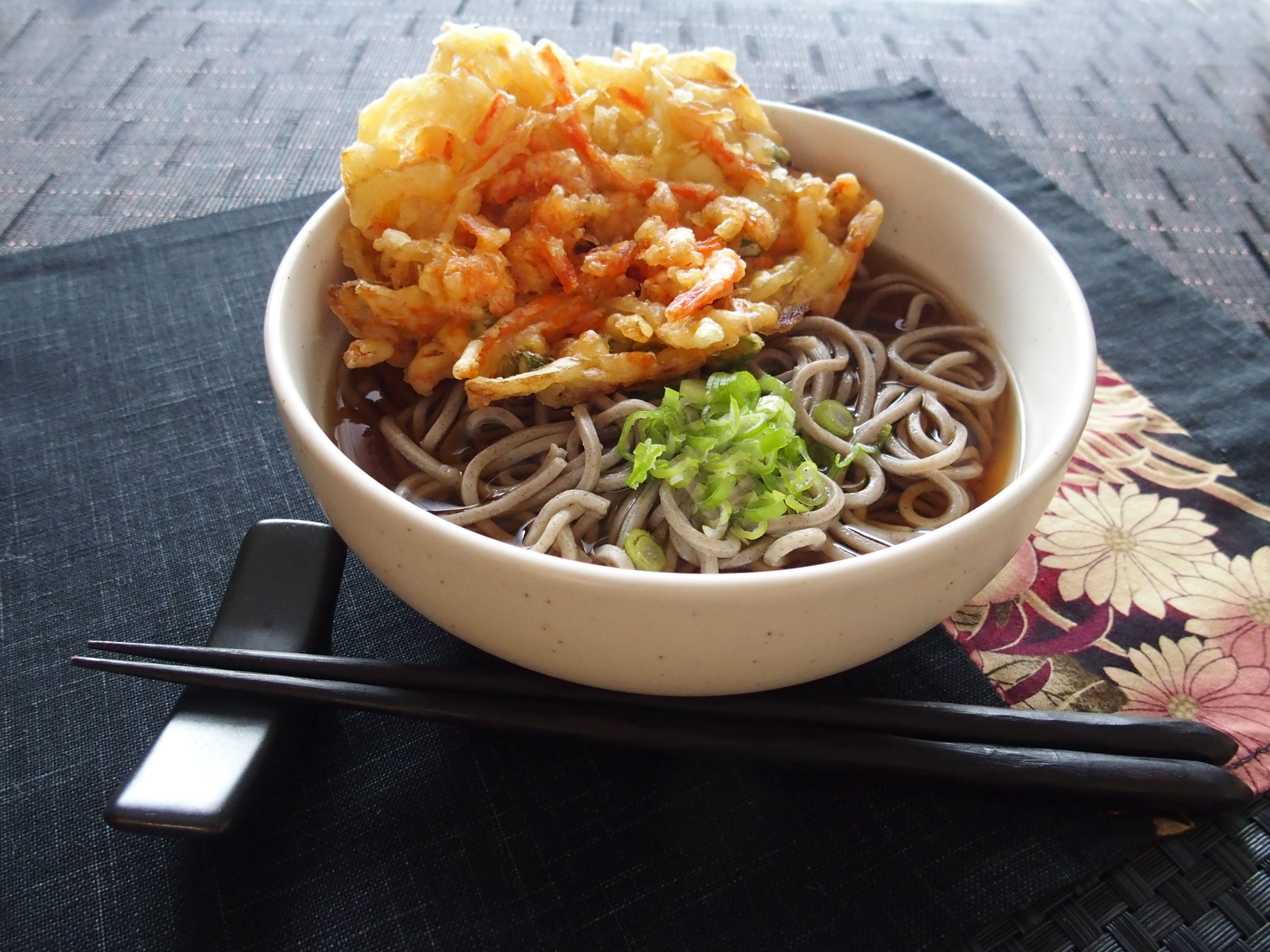
Another of Nagano’s signature foods is its world famous soba noodles. Made from buckwheat, these noodles differ from the shorter and thicker udon noodles. Not only do they look and feel different, but their composition gives them a different texture and taste too. You will find soba noodle producers all over Nagano Prefecture, with plenty of restaurants dedicated to serving them too.
I especially recommend kakiage soba. This is a bowl of soba noodles served in a thin soup, with a large cluster of shredded vegetables in tempura batter on top. Pressing the vegetables down into the noodles and soup before eating creates a delicious mush of veggies, batter and noodles. Sometimes the simple foods are the best, and kakiage soba is such a food.
If you enjoy soba noodles, then why not join a tour and try your hand at making some of your own?
5. Wasabi
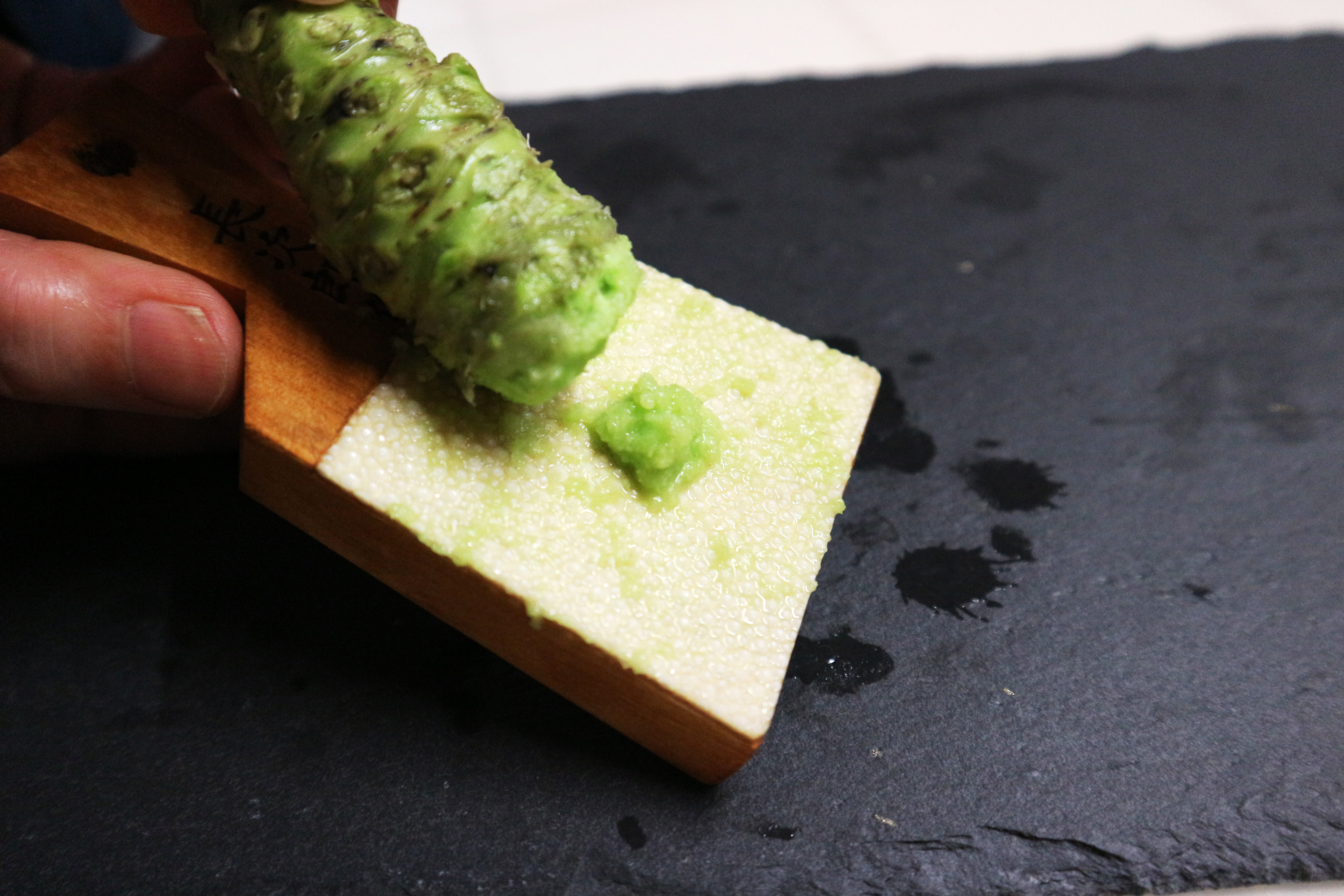
This fiery little green plant has become something of an international hit in recent years. Although most commonly enjoyed as a smooth green paste, mixed with soy sauce to accompany sushi, here in Nagano you will find many novel and occasionally bizarre applications for wasabi. How about a potato croquette flavored with wasabi? Or wasabi enthused noodles. If you’re truly adventurous, and up for the ultimate culinary challenge, then maybe you are ready to sample wasabi ice cream.
Yes, this isn’t a gimmick, this is actual ice cream, flavoured with real wasabi, including the spicyness. It is maybe the ultimate example of one of those foods that makes you think: “This shouldn’t work, but somehow, it really does!”
Azumino is probably Nagano’s best known producer of Wasabi. They even have wasabi beer! A visit to one of Azumino’s wasabi farms is highly recommended.
6. Oyaki
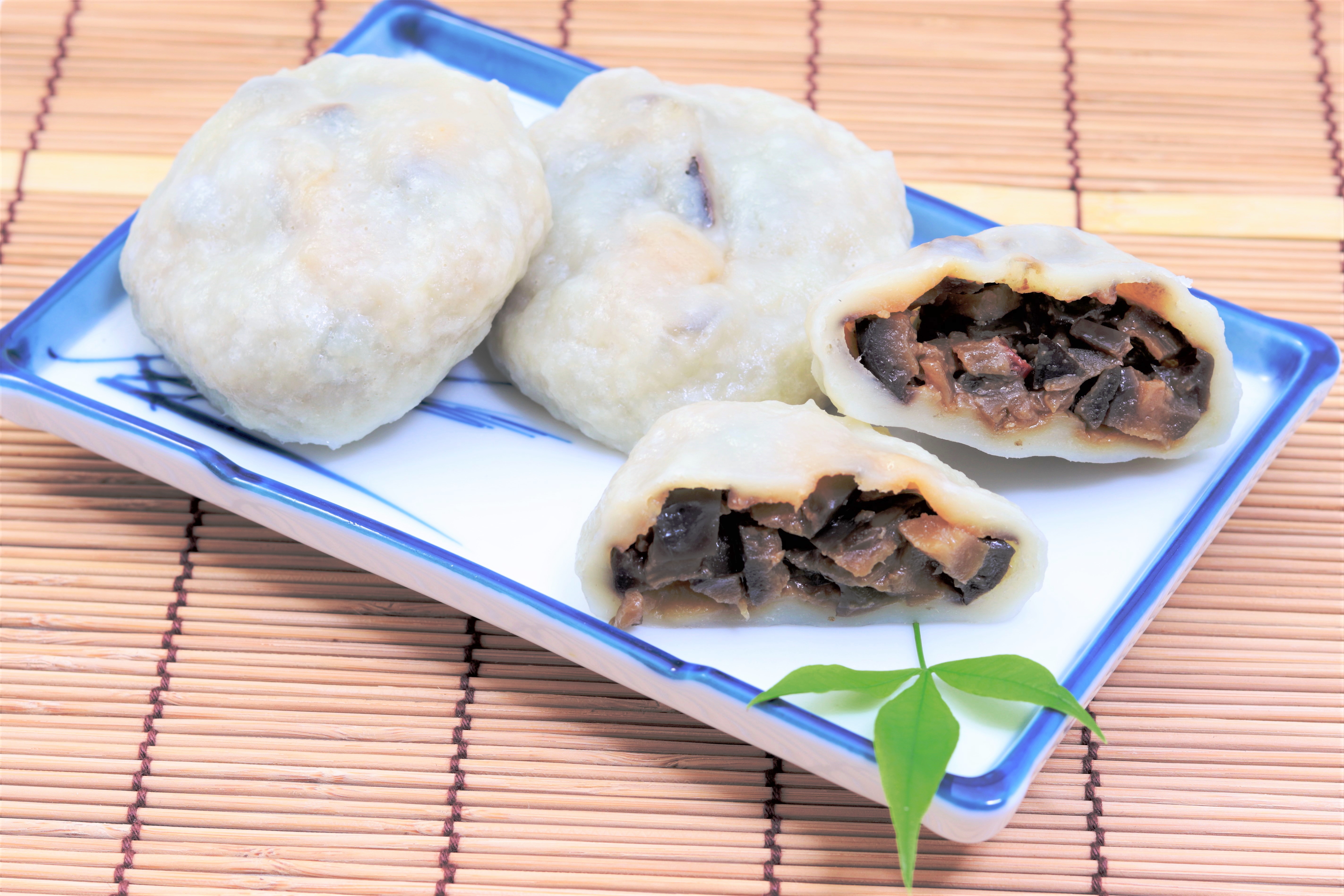
1-Day Samurai Food & Life Tour: Oyaki, Samurai Residences, and Katana Practice
- Spots:
- Pick-up:
- Drop-off:
I remember the first time I came to Nagano a little over 3 years ago. One of the first foods I tried was Oyaki. These delicious little dumplings come in a variety of different flavours: some sweet, some spicy, but all delicious. Oyaki are made of a dough that comprises fermented buckwheat, the same crop used to produce Nagano’s famous soba noodles.
The dough is formed into small fist-sized dumplings and then stuffed with one of any number of fillings before being roasted to perfection on an iron pan. Pumpkin is a popular filling, as is the local green leaf vegetable “Nozawana”. Personally, I like the spicy radish or aubergine and wasabi fillings. For those with a sweet tooth, anko red bean paste oyaki are also a common sight in most supermarkets and snack shops.
The best oyaki however, are those bought directly from local oyaki shops. Nothing quite beats the smell and taste of a piping hot, freshly roasted oyaki, especially on a cold day. Some of the department stores around Nagano city will also sell frozen Oyaki, allowing you to take them home and cook them in their own time.
7. Horse Sashimi
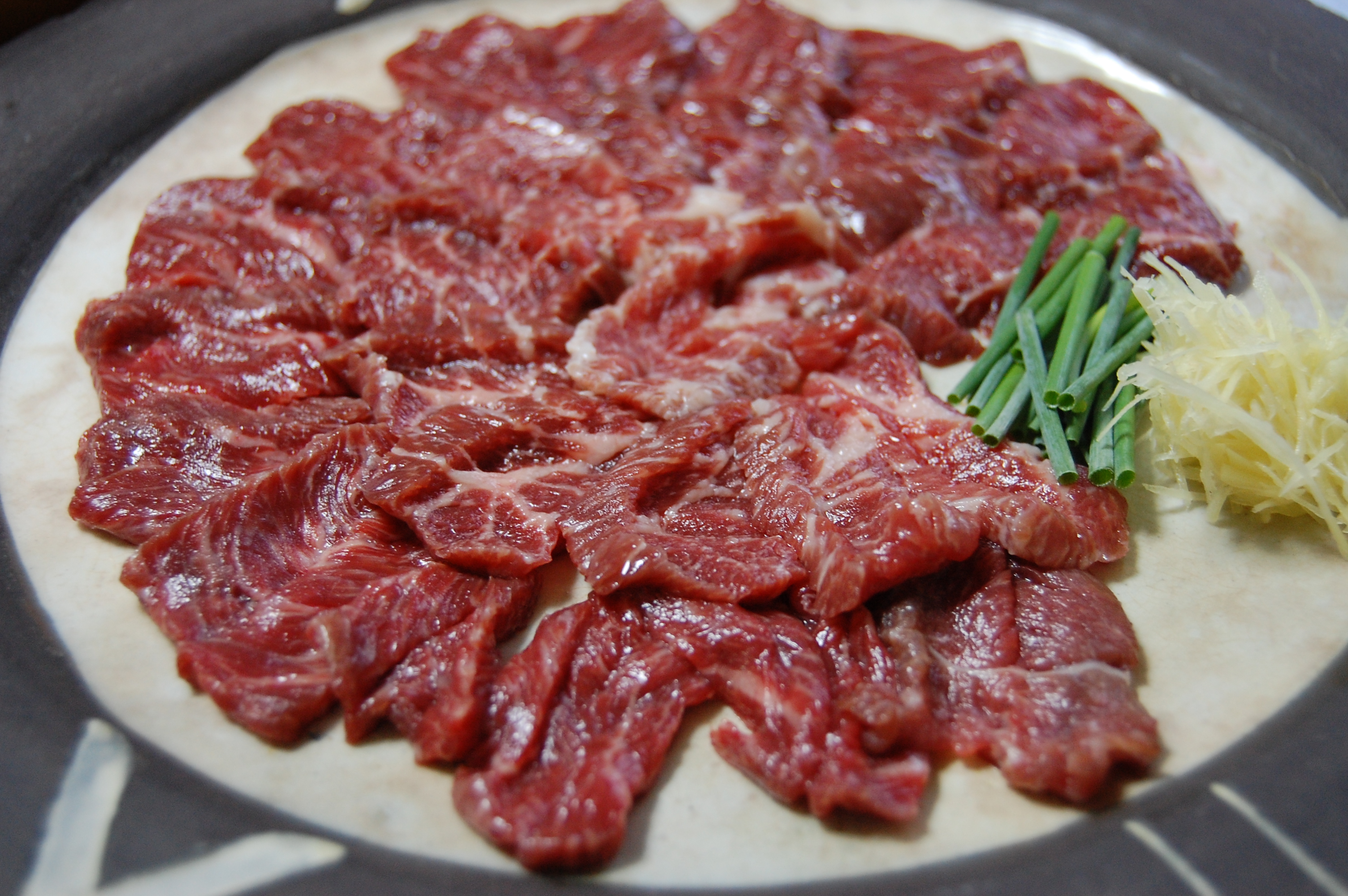
We’ve all heard the old cliché: “I’m so hungry I could eat a horse!” Well, when you visit Nagano, you’ll finally have the chance to call out your friends on this over-used line of hyperbolae. For here in Nagano, you can actually eat a horse, or least a small piece of one.
Horse sashimi, or raw horse meat, is something of a local delicacy here. In many ways it tastes similar to rare beef, though as one would expect from looking at the musculature of a horse, it is decidedly leaner and less fatty than most types of beef. The meat itself also has a delicious, melt in the mouth consistency, and is particularly good when paired with some soy sauce and a good, local craft beer. More on those later.
Horse sashimi is often referred to as Basashi (formed by pairing the kanji character for horse with the first character for sashimi). Again, if you can have the courage to look beyond western culinary conventions and try something a little bit outside your comfort zone then you are in for a treat.
8. Shinshu Beef
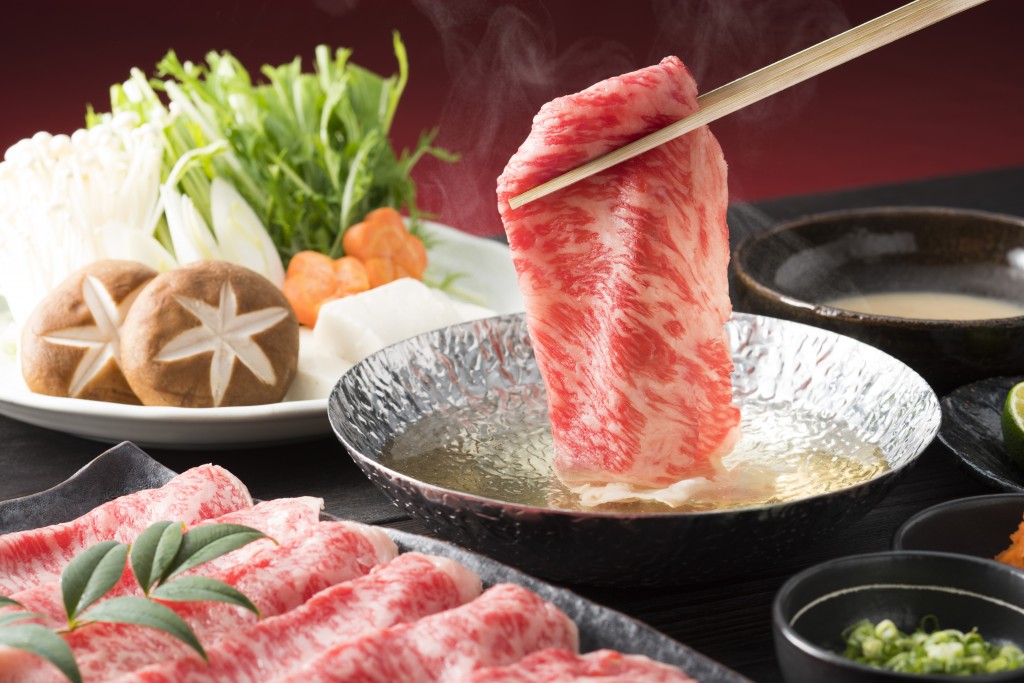
Much has been written over the years about the famous Kobe Beef. However, did you know that Nagano also has its own specialty type of “Wagyu” beef?
Shinshu beef comes from farms in and around Matsumoto City. It is known for its soft texture, mellow flavor and somewhat sweet aftertaste. Some fans of Shinshu Beef say that this is sweet aftertaste comes from the fact that, among other things in their healthy, locally produced vegetable based diet, the cows that give us Shinshu Beef are fed apples. Having tasted both Shinshu beef and Nagano apples in quick succession, I think there may well be something in this theory.
Whilst steak remains the most common way to enjoy Shinshu Beef, the meat is so flavorful and pliable that there are a host of different ways it can be enjoyed. Sukiyaki, sashimi, even burgers are popular when it comes to Shinshu Beef.
9. Sanzokuyaki
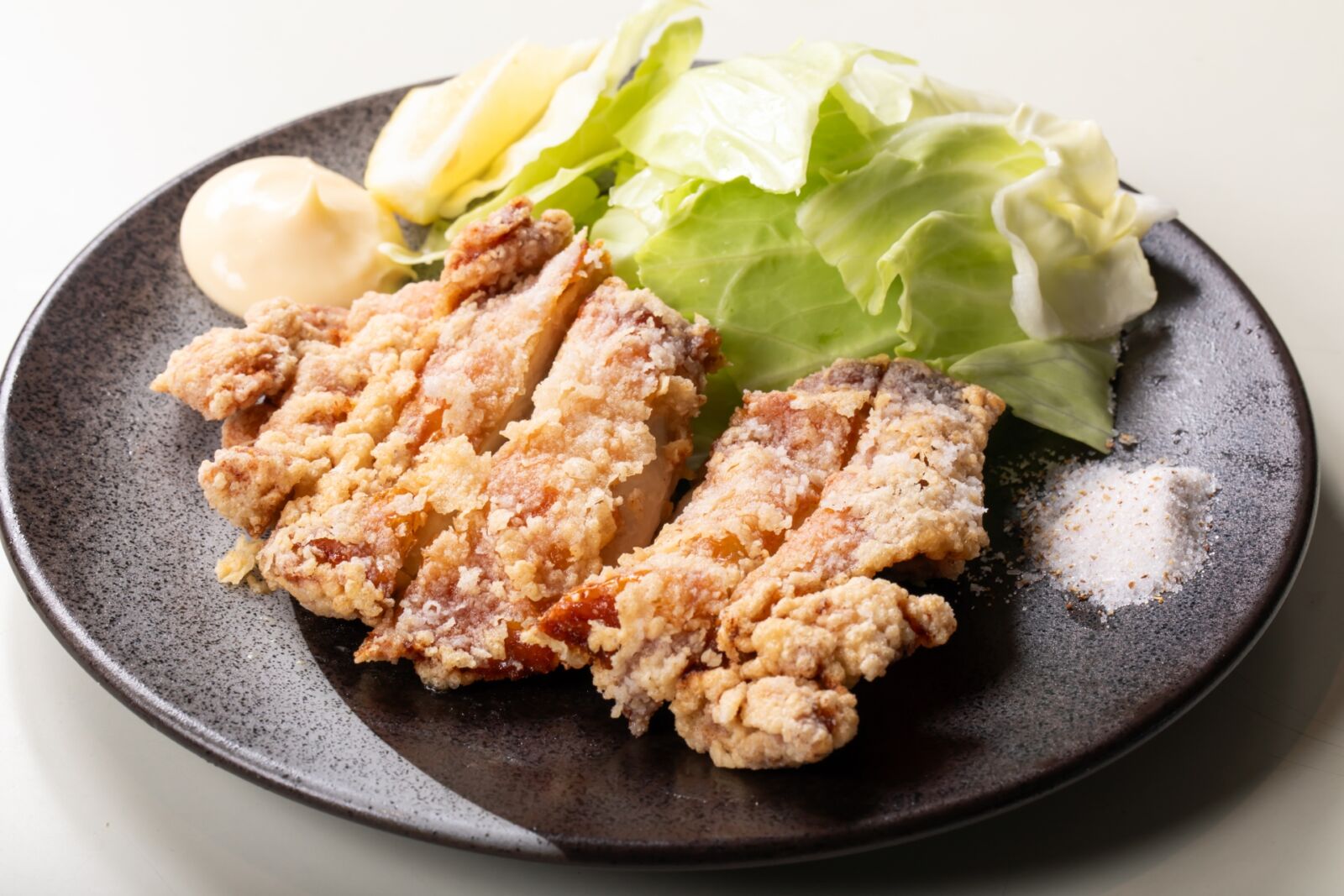
The soul-food of Matsumoto City and its surrounding towns, Sanzokuyaki is a hearty meal sure to satisfy your hunger after a day of traveling. Meaning "mountain bandit style cooking", this dish is made of fried chicken, battered and seasoned with garlic. As such, it has a broad appeal and fits the tastebuds of most any traveler. It also goes great with beer thanks to its saltiness, and is usually served with cabbage as a palate cleanser.
It isn't hard to find Sanzokuyaki in Matsumoto, and most any Izakaya or local restaurant will serve it. You can even find potato chips flavored with the Sanzokuyaki seasoning!
10. Gohei-Mochi
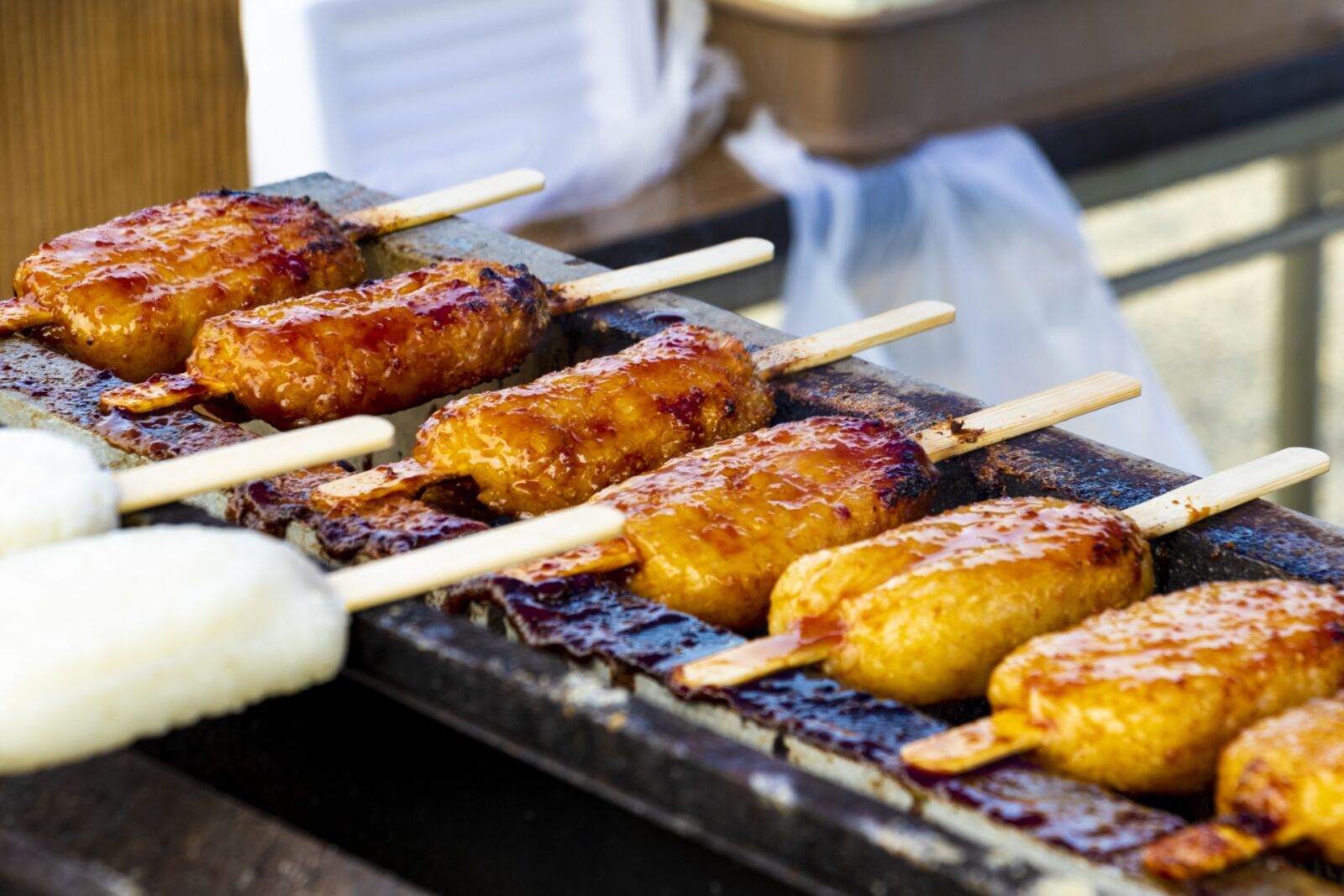
Common in Southern Nagano and its neighboring regions of Hida and Aichi, this mochi is a little different than the sweets you may be accustomed too outside of Japan. Unlike usual mochi, the grains of rice are still discernible, making it less sticky and more similar to a grilled rice ball. On the outside is a savory sauce, generally composed if miso and walnut. The flavor is unique and immensely enjoyable, making this a must try snack, especially for people walking the Nakasendo where it is ubiquitous.
While the exact origin of this dish isn't know, it is believed to have been invented be a man named Gohei sometime in the middle of the Edo Era, which would place its creation at over 250 years ago. While some new flavors have been invented, most gohei-mochi you will find is almost exactly as it was at the time of its invention.
11. Ishii Miso
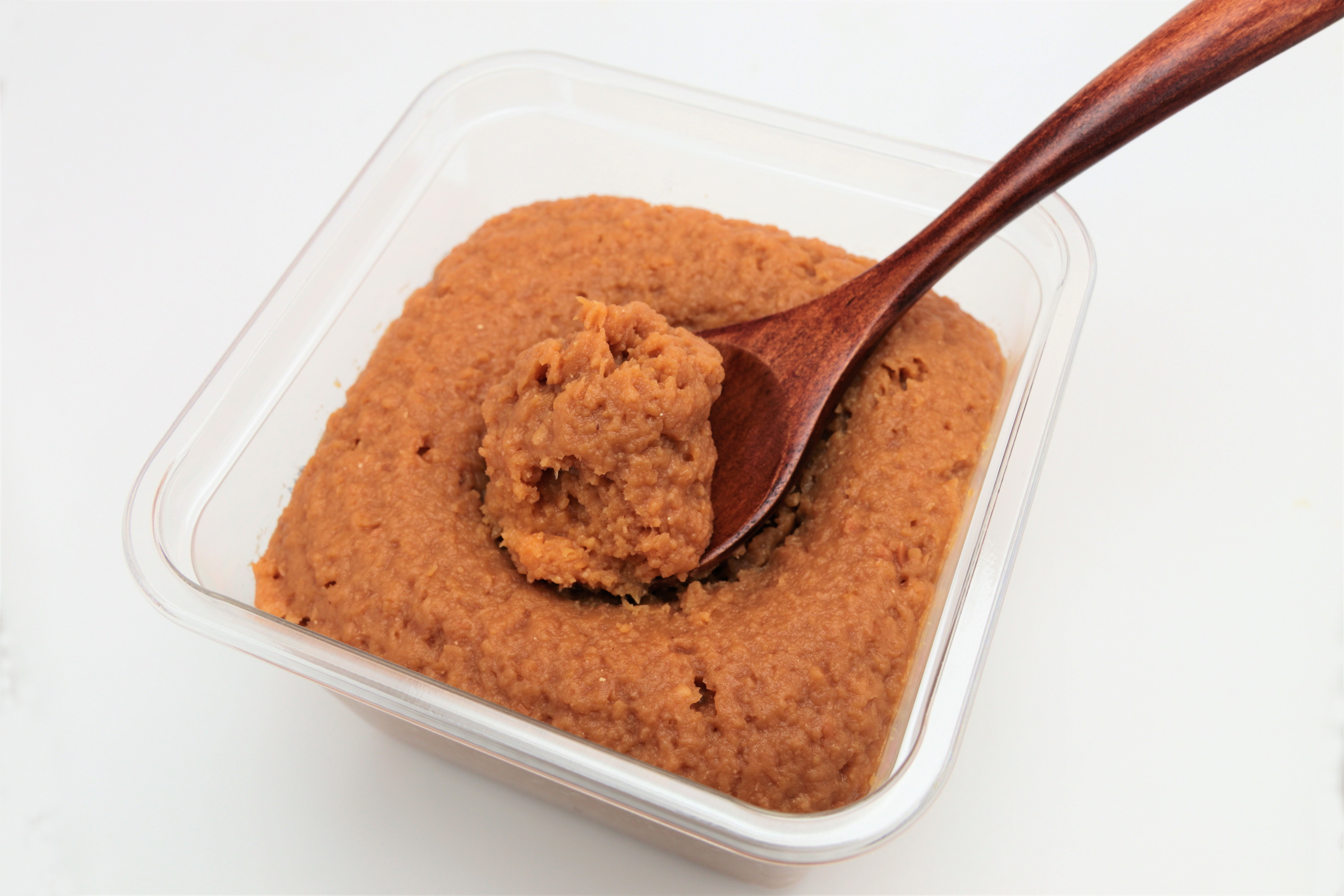
A Japanese friend of mine once joked: “There are only three things certain in life: death, taxes and that your Japanese friends will always have miso in their food cupboard!” Indeed it’s true. The Japanese love their miso. In fact, a common way for a Japanese man to propose to his future wife is to ask her “Will you make miso soup for me everyday?”
Of course there’s much more to miso than just the simple soup. It can be used as a marinade for pork, chicken or beef steaks. Some places even make miso ice cream.
One such establishment is the Ishii Miso Brewery in Matsumoto City. Their miso has a far deeper and more aromatic flavor. This is due to the unique way in which their miso is brewed. Typically, most miso producers only ferment the miso base for, at most, a few months. Ishii however, using their own special process, ferment their miso for around 3 years. If you’re touring Matsumoto, then this place really is a must see.
12. Kyoho Grapes
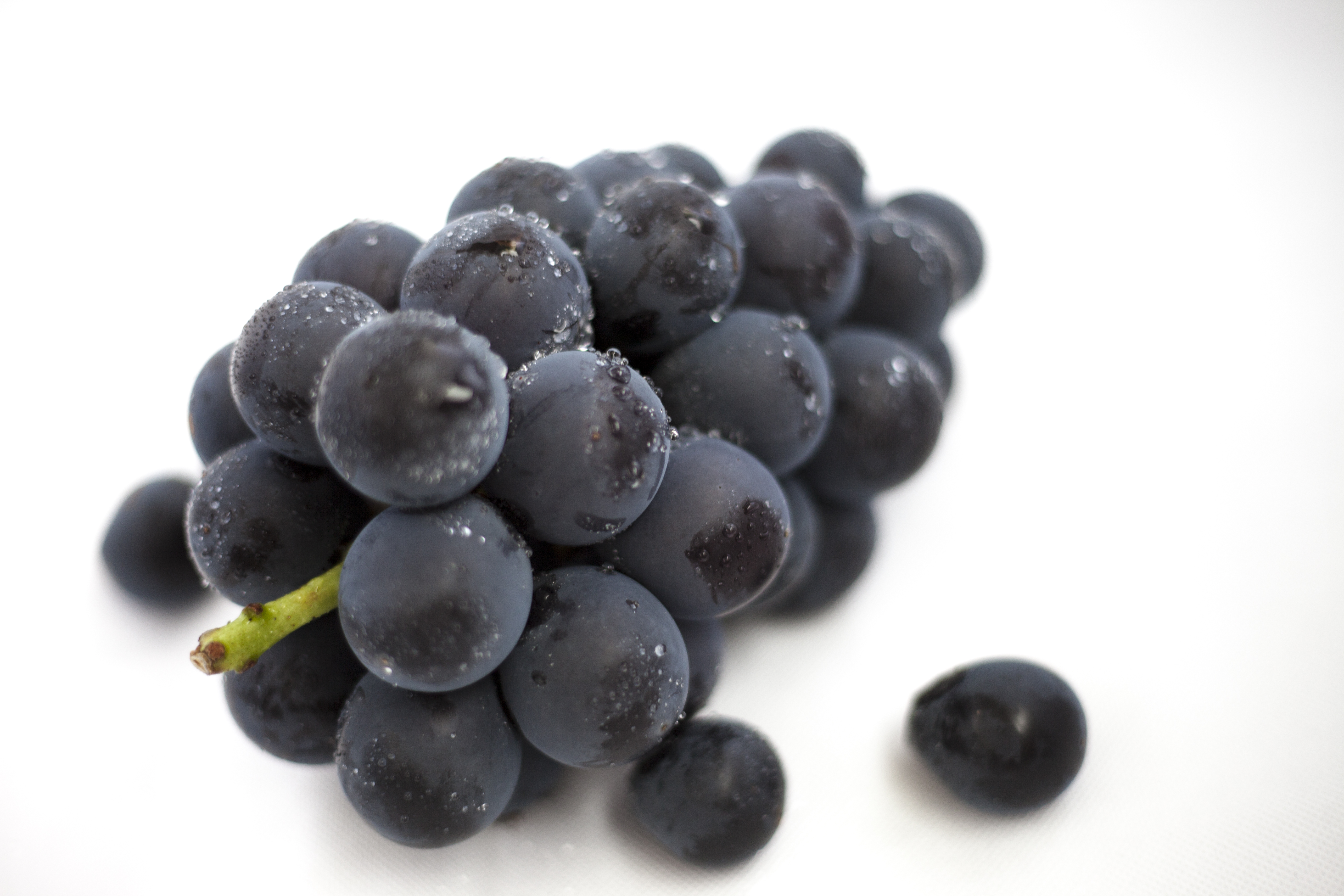
Anyone who has ever spent some time in Nagano will know that we have an abundance of mountains here. But did you know that these mountains are also famed for producing mountain grapes. Nagano is one of Japan’s principal producers of Kyoho (Giant Mountain) grapes. These grapes, noted for their large size, deep purple complexion and sweet, sugary taste are actually the most commonly cultivated grape variety in the world.
Their sweet flavor makes them a common ingredient in desserts such as fruit jellies and sorbets. Fans of Japanese alcoholic drinks may also be aware of their use in “chu hi”. Chu hi is a popular fruit flavoured alcoholic drink available from most convenience stores in Japan. It is made by blending sparkling fruit juice with shochu, a Japanese spirit similar in taste and composition to Russian vodka. Grape chu hi is one of the more popular varieties and some of these drinks are made using grapes grown right here in Nagano.
13. Chestnuts from Obuse
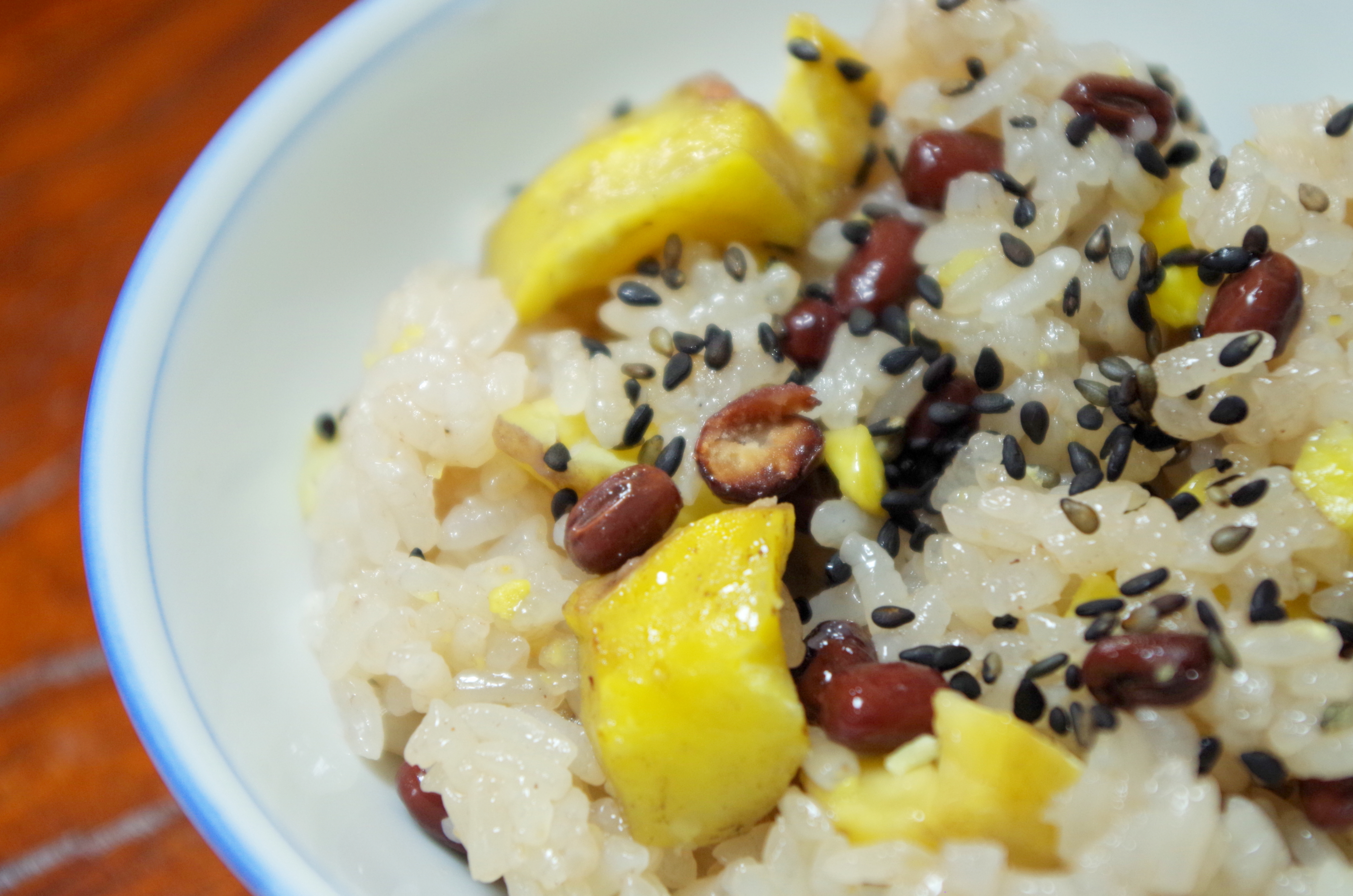
The history of chestnuts in Japan is almost as ancient as Japan itself.
The earliest uses of chestnuts in Japanese cuisine goes right back to the Jomon period, around 15,000 years ago. In Obuse, a village in Nagano famed for its chestnuts, their use is a far more recent thing, with the earliest recordings of chestnut trees being planted dating back to 1367. That first harvest of chestnuts was said to be so delicious that it was offered as a sacrifice at the local shrine. In other words, Obuse chestnuts are literally the food of the gods!
One of the best way to sample Obuse chestnuts is with a bowl of “kurigohan”. This dish is made with white rice served with large chunks of steamed chestnut. The chestnuts permeate the rice, giving the entire dish a distinctive, nutty flavor. Another popular Obuse chestnut dish is the dessert “kuri youkan” a chestnut jelly based cake. There are a whole host of other exciting chestnut dishes for you to try when you visit Obuse, but I will leave that for you to discover yourself.
14. Soba Ramen
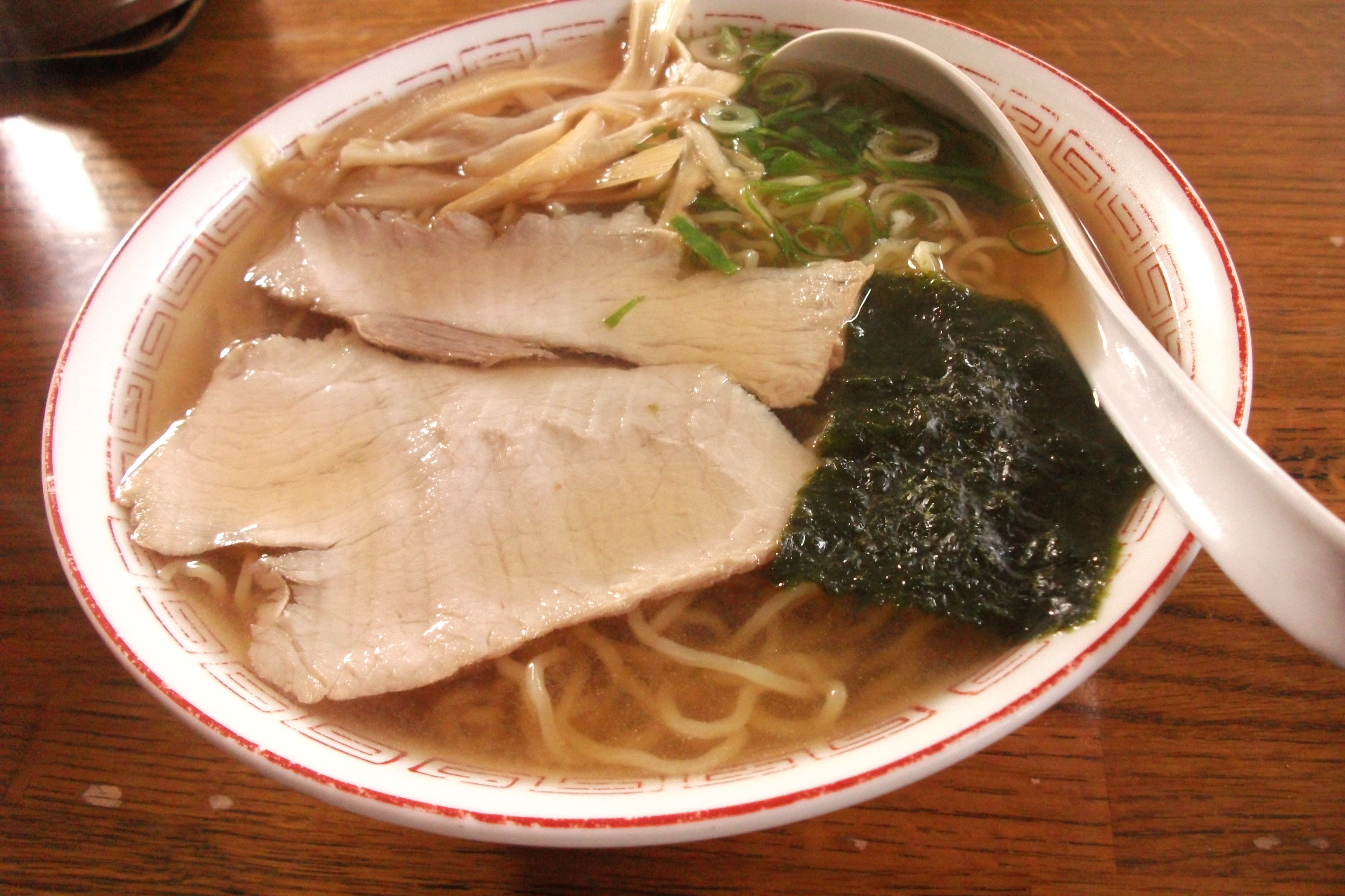
I’m sure many of us have rounded off an evening of drinking with friends with the obligatory bowl of Japanese Ramen. Likewise, you may also have partaken of a bowl of soba during one of your many visits to Japanese restaurant either here in Japan or elsewhere. Both of these noodle based dishes are delicious, yet quite different.
So, you may be surprised to hear that there is a popular dish here in Nagano that combines both. Soba noodles, served in a ramen style, or Soba Ramen to give it its more common name. Traditional ramen noodles are dried and then enthused with oil during their preparation, making them very high calorie and somewhat unhealthy, though admittedly delicious.
Using soba noodles, crafted from buckwheat and far lower in fat than their conventional ramen counterpart, makes for a far healthier dish, and a different, though no less appetizing taste. One of the best places in Nagano to sample Soba Ramen is Goen, a Japanese restaurant near Shibu Onsen. You can find Goen directly opposite the entrance to Yudanaka Station.
15. Agar
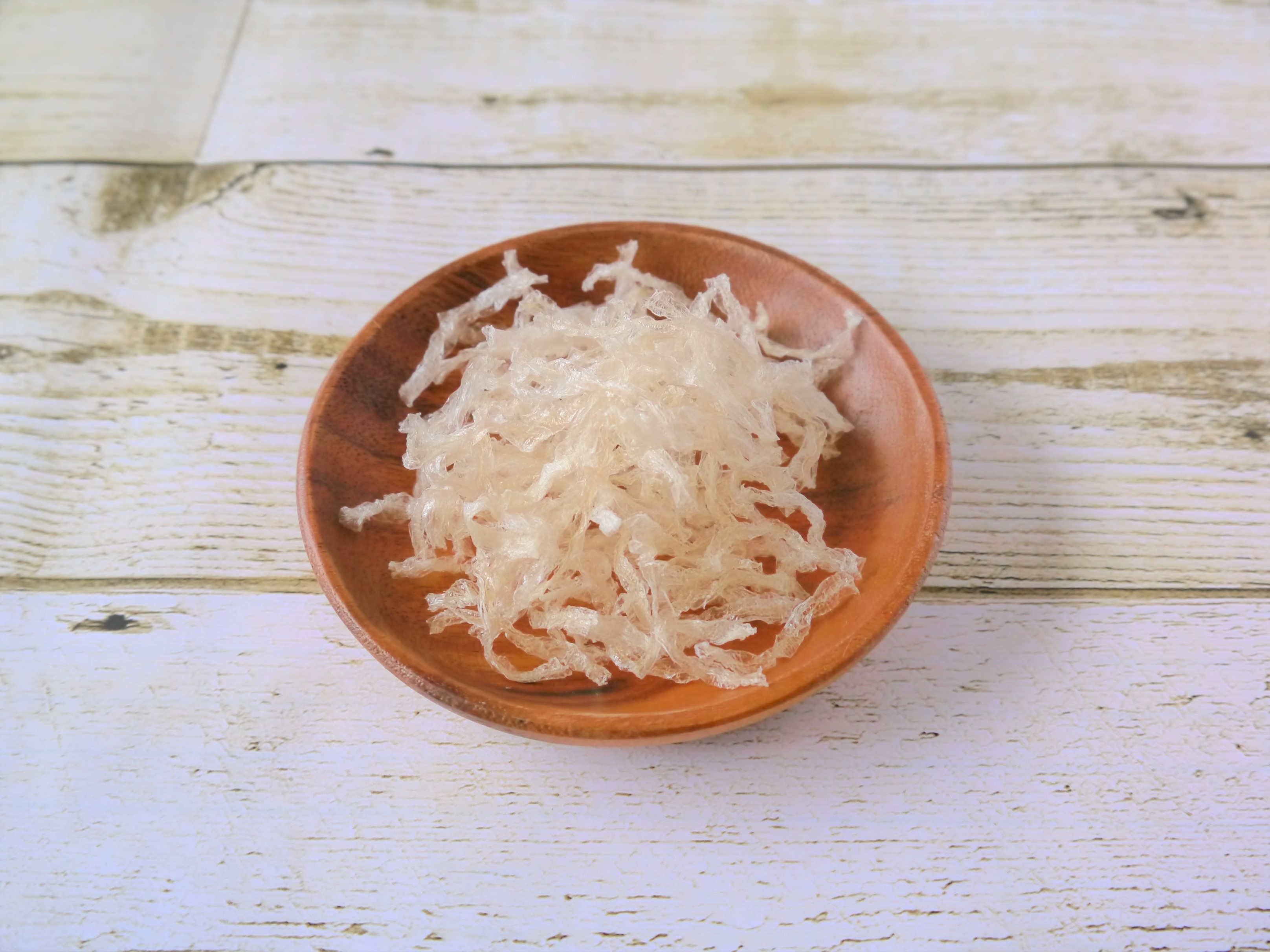
The term “superfood” is one used all too often assigned to new and trendy foodstuffs said to have all manner of seemingly impossible health benefits. However, such hyperbolae may not be too far from the truth when one is talking about Agar. This seaweed extract, is probably best known for its use in sweets, such as yokan.
Much like tofu, it doesn’t really have a flavor of its own, instead it is used to add depth to dishes by absorbing surrounding flavors. In addition to its use in sweets and desserts, in Nagano, strips of Agar are commonly added to miso soup. As a zero calorie food, agar is also thought to have a number of real health benefits.
Most of Nagano’s agar comes from Ina City. The flows from a number of surrounding mountains meet in Ina, giving the city especially pure water, which makes for the perfect ground from which agar can grow. Not well known to use outside of the food industry, agar is one of those foods you have probably tried already and didn’t even realize.
16. Nagano Pickles
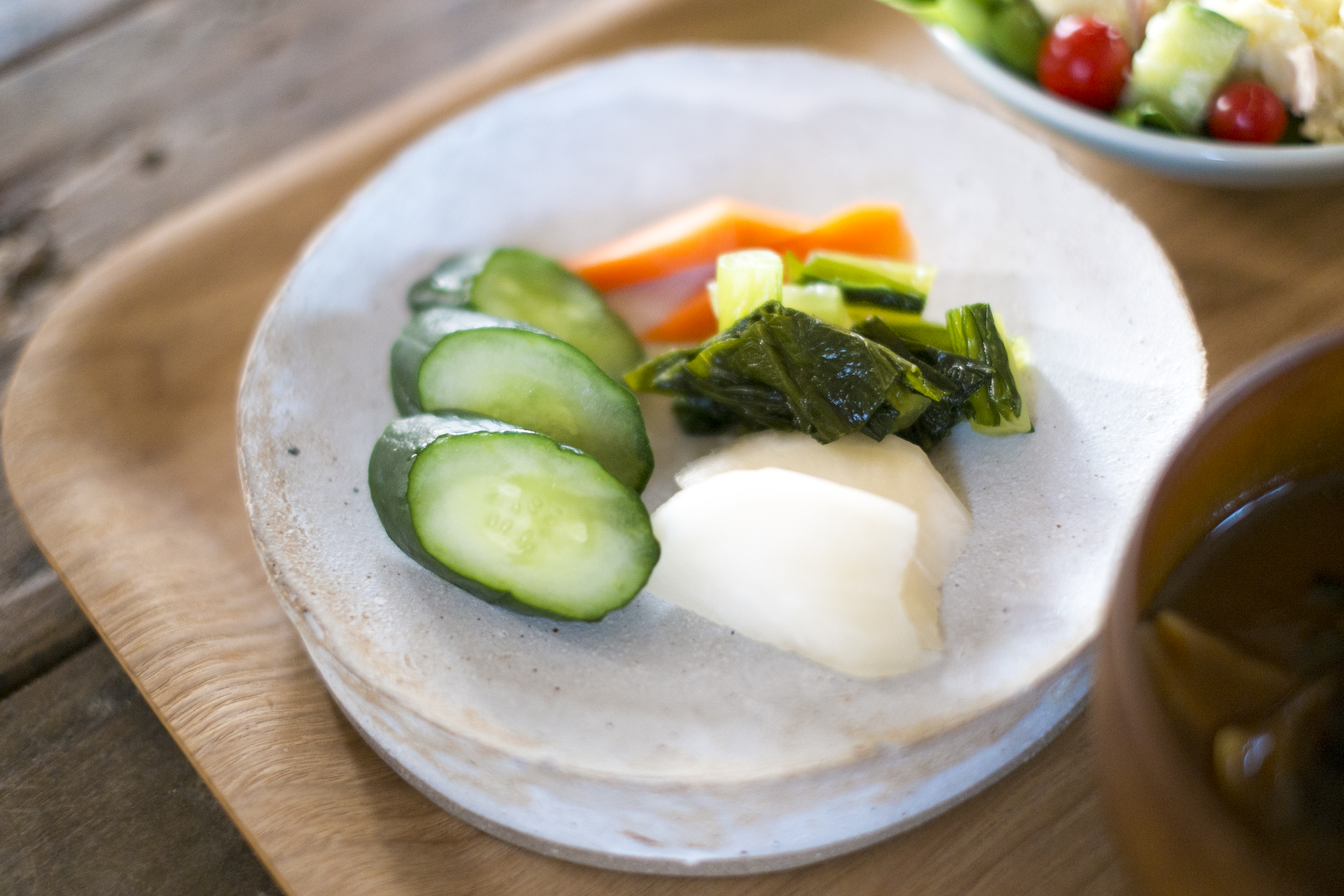
Known in Japanese as “tsukemono”, pickles are commonplace in the diet of most Japanese people. However, the vibrant colour, crisp texture and specialist preparation methods of Japanese pickles make for a unique culinary experience. The most common way to eat tsukemono pickles in Japan is as an accompaniment to rice or as a side dish with your bento (boxed lunch).
Perhaps the most popular type of tsukemono in Nagano is pickled nozawana. As the name suggests, nozawana is named after the town, Nozawa, were this green vegetable is cultivated. Typically pickled with salt, Nozawana looks a little bit like celery but tastes more like a green leaf vegetable. It makes for a highly effective palate cleanser after enjoying an especially spicy or rich dinner.
17. Mushrooms From Nagano
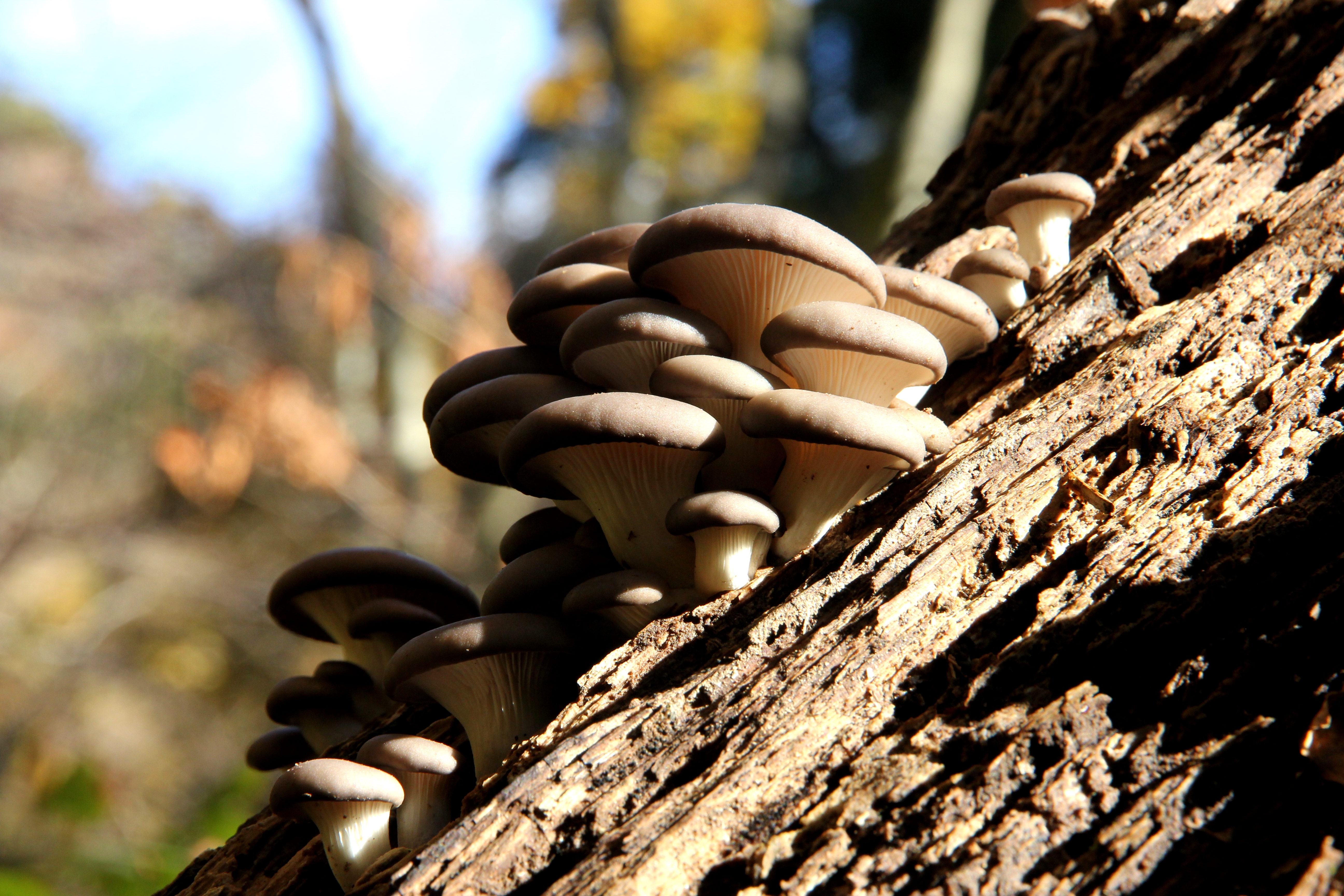
Nagano’s mountainous terrain isn’t just suited to skiing and hiking. It has also made Nagano the number one in Japan for mushrooms. More mushrooms come from Nagano each year than any other prefecture in Japan. In total, Japan has about 4,000 different types of mushroom growing in the wild, although only around 100 of these are edible.
In Nagano, the most commonly grown mushrooms are Shitake, Shimeji and enoki. Occasionally, matsutake mushrooms are also found here, but these are out of the price range of most ordinary shoppers. Similar in some ways to European truffles, matsutake mushrooms are difficult to find and harvest. Renowned for their unique texture and strong fragrance, they can retail for up to 100,000 yen per kilo. Like many other mushrooms, they are best enjoyed after being lightly grilled.
18. Shichimi
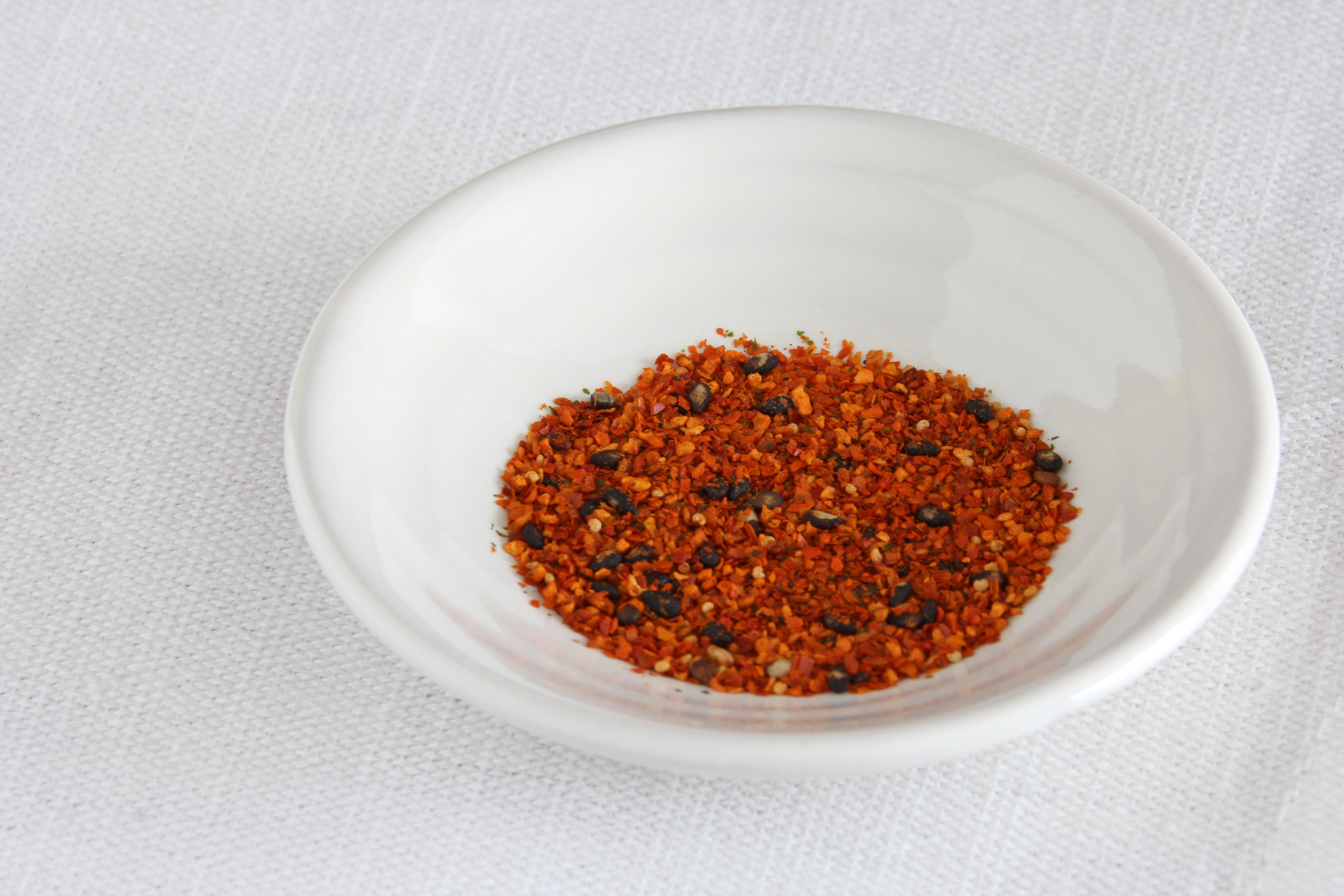
Have you ever been in a Japanese restaurant or izakaya and wondered what that spicy red condiment was on the table?
Chances are it was probably shichimi. With a taste that falls somewhere between salt and pepper, with a hint of chilli, as the name suggests, Shichimi actually contains seven different ingredients. They are usually drawn from these nine different components: ground red chilli pepper, sansho (a Japanese variant on pepper), roasted orange peel, black sesame seeds, white sesame seeds, ground ginger, sea weed, poppy seeds and hemp seeds. You may also find versions that contain Yuzu (a Japanese citrus fruit).
Nagano City has a shop, and adjoining café, called Yawataya Isogoro, dedicated entirely to Shichimi in all its varieties. If you’re planning to have lunch there, I highly recommend the vegetable curry!
19. Original Nagano Craft Beers
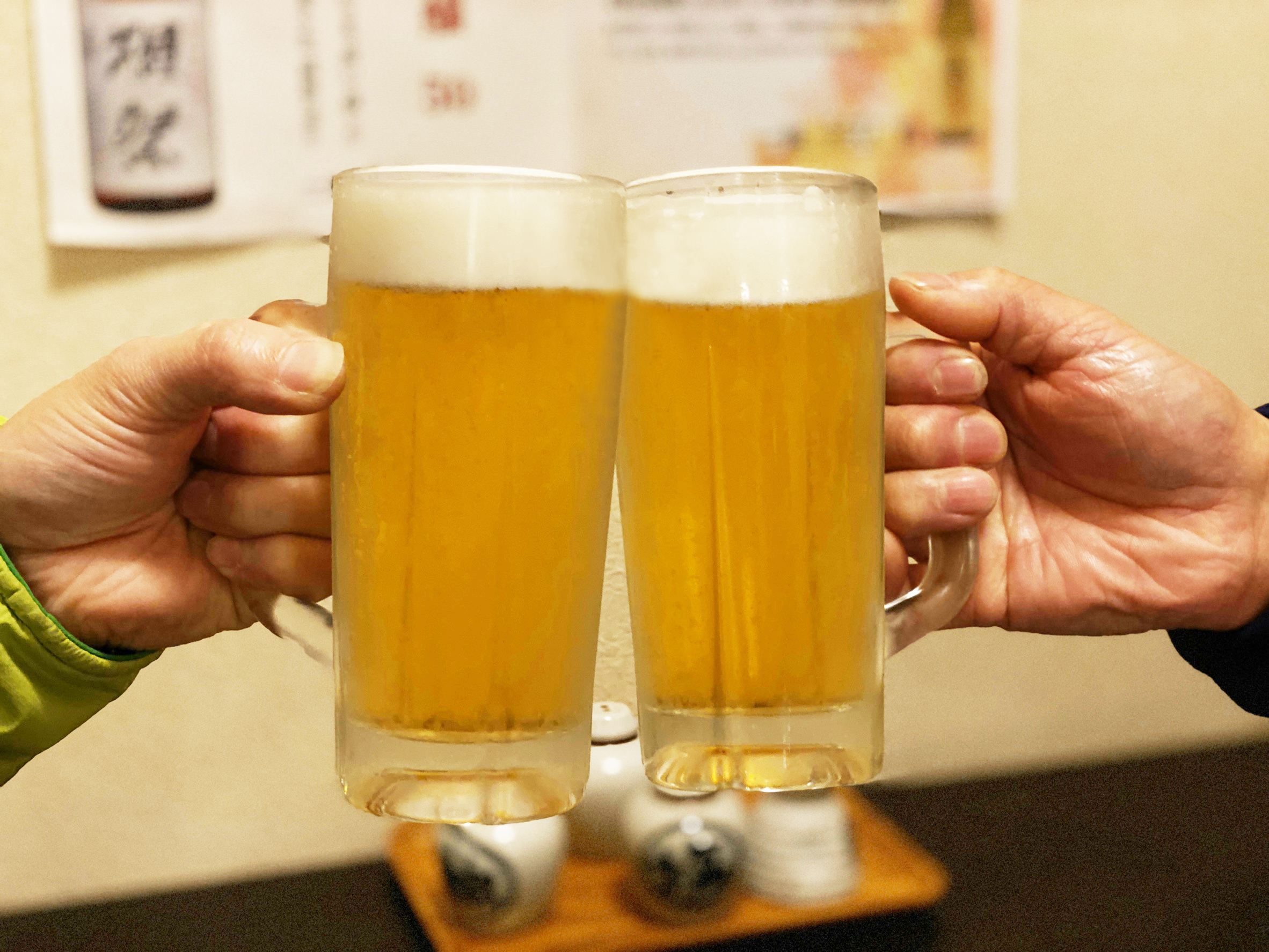
I have written extensively today about Nagano’s remarkably clean, mountain water. However, there is one attribute this water has that has gained in truly national recognition: It helps make a very fine pint of beer! Using Nagano’s crystal clear waters as a base, a whole range of craft beer micro-breweries have sprung up in Nagano in the past decade or so.
You will probably be familiar with some of these beers, as they are available in convenience stores and supermarkets all across Japan. The likes of Karuizawa, Shiga Kogen and Suwa all produce nationally renowned craft beers. However, perhaps the best known of all Nagano’s beer breweries is Yo Ho Brewing Company, based in Saku City.
Their most popular brands, “Suiyoubi No Neko” (Wednesday’s Cat), Yona Yona Beer, and Ao Oni (blue demon), are all made using the finest Nagano mountain waters. On a hot summer day, after a long hike across the Nagano countryside, there’s no better thirst quencher!
20. Vegetables

If there’s one thing these Nagano folks love to use in their cooking, it’s their local veggies. From the unique nozawana, to the finest mushrooms, and all manner of other vegetable goodness, Nagano is a veggie lover’s paradise. Most supermarkets in Nagano have their own area within the fruit and veg section dedicated exclusively to locally sourced produce. It may sound somewhat pretentious, but when you choose a freshly farmed local pumpkin, potato or eggplant, over an imported one, you really can taste the difference. Although vegetarian restaurants remain something of a rarity in Japan, Nagano is getting in on the act. One such establishment is Ichimanryu, near Zenkoji Temple in Nagano City.
TOURS AND CHARTERS TO SAMPLE NAGANO'S CUISINE
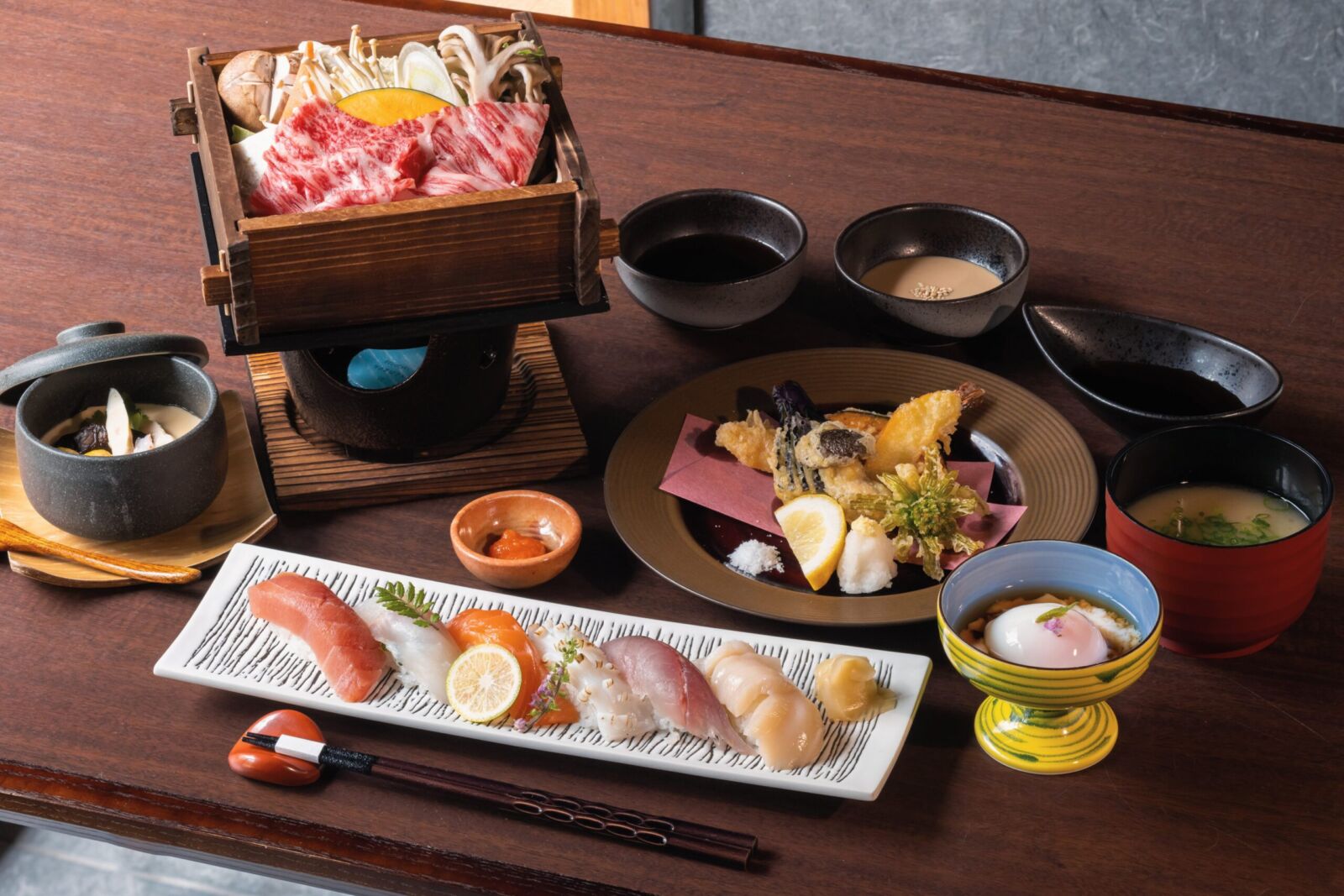
If reading this article has made you hungry to try some of Nagano's delicious cuisine, do not worry - we are here to help! Based in Nagano and offering tours throughout the region and the country as a whole, here at Snow Monkey Resorts we know a lot about Japanese Cuisine. By participating in one of our fun tours, you will have a chance to try local food with explanation from a friendly guide.
Our most popular tour, this trip to the famous Jigokudani Snow Monkey Park also includes a stop in at Zenkoji Temple and an exquisite lunch. Around the temple there are many street foods available, including oyaki, apple pie, miso ice cream, and so much more. Your guide will be sure to point out what to try - but don't eat too much, because the next stop will be lunch! Using as many local ingredients as possible, the lunch menu on this tour gives you many choices all of which are sure to satisfy your desire for Japanese cuisine.
1-Day Togakushi Legends Tour: Hands-on Soba Noodles, Ninja Village, and Hidden Shrines
- Spots:
- Pick-up:
- Drop-off:
If you want to try your hand at making some Nagano specialties instead of just eating them, this tour of the mysterious and sacred Togakushi region is for you. While the tour includes a guided walk through the famous shrines of this mountain town, the highlight for a foodie will be the soba making experience. Famed for its soba, Togakushi is perhaps the best place to try your hand at cutting these noodles out of the buckwheat dough they are made with.
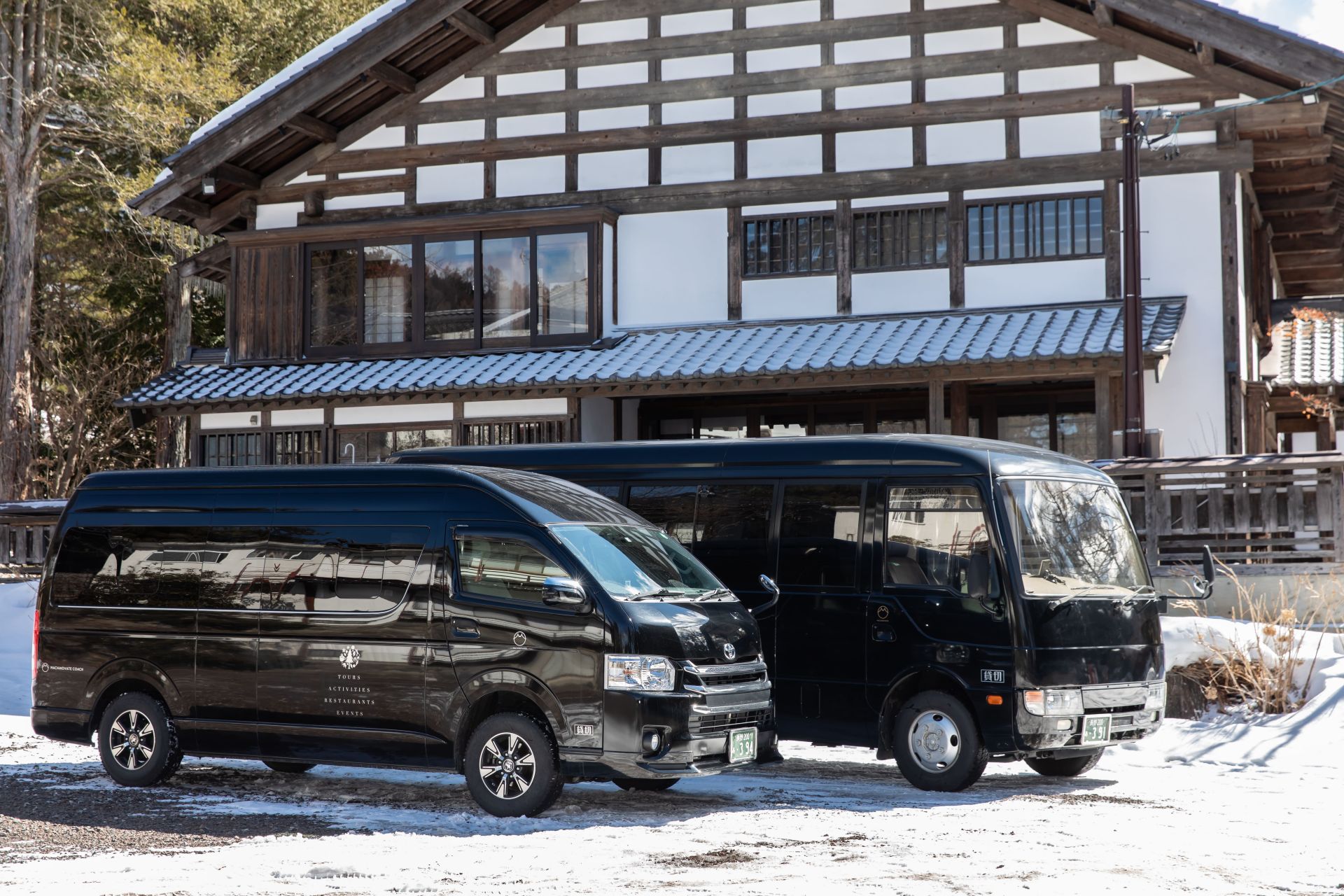
Snow Monkey Resorts provides charters throughout the region, with door-to-door service. Our charter vehicles are suitable for single travelers, couples, and groups (up to 45 persons) for private transport to and between the resorts, nearby major airports including Narita and Haneda, cities including Tokyo and Nagano, and other popular destinations. We can plan with you to hit all of the spots you are interested in, and even include a guide to make your own private tour! We’re here all year round to help you plan and get the most out of your time in Nagano.














